THE SMART PLAYER KNOWS
Referee Rulings
Hand-over:
A hand-over occurs after 6 touches, ball to ground, incorrect tap and roll ball, player runs out amongst other things. You should know all the situations your team may be awarded a hand-over. Best procedure is to go to the mark, call for the ball and confirm with the ref that a roll ball is to occur.
If the player who has the ball does not immediately hand the ball to the player who calls for it they are liable to be penalised for delaying play.
Penalty:
The referee will run to the mark before they blow the whistle. So if you are on defence and think you saw a forward pass, touch and pass etc instead of yelling at the ref watch him/her. If s/he runs toward where you think the offence occurred then you are likely to be receiving a penalty.
Run toward that mark and ask for the ball then ask for the mark before you tap. You are likely to have an overlap as the attackers will not have realised the penalty was coming.
The penalty, unlike rugby, is hardly ever at the referees feet so don’t run and stop right beside the ref. It is often within 2-5m from them.
Know your number. The referee will call your number any time they need to communicate with you on defence. If you react appropriately your team will seldom be penalised.
The worst penalty to concede is for not giving the ball immediately to other team from a hand-over or penalty situation. You must pass the ball to the opposing team reasonably (not hard, typical catching height, not lobbed) so they can play on immediately. Often when penalised for delaying play the penalty can be advanced up to 10m from the offence.
Most penalties result in a net loss of at least 15m for the offending team. If you keep penalties to a minimum your team has a huge advantage.
Forced Sub:
An X signal, performed with the refs arms crossed above their head, means a player must sub immediately. Sprint to your sub box so replacement player can come on.
Note; technically the player who was “X-ed” is allowed to re-enter the field as soon as they have been to the sub box. The ref often “X-es” a player so the player cools down so it is recommended that coaches have a quick word to their player before allowing them to sub back on. This often reduces the likelihood of further penalties that player gives away as they have calmed down.
Sinbin:
Any play that the referee deems to negatively have an impact on the game can basically result in a sinbin. Examples include repeated penalties, holding a player to stop a touchdown opportunity, foul or dangerous play, phantom touches, backchat.
Subbing
Sub before you are tired. Every time you leave the field when you are exhausted means when you next go on you will not be able to play to your full potential. Recovery time is much quicker when you leave before becoming exhausted Sub on attack, early in the touch count, so fresh players can fully attack the tired defence. Never sub on defence because 6 attackers onto 5 defenders often results in a touchdown.
Injury Prevention
A] be fit before season starts
B] warmup before each practice and game
C] stretch thoroughly before and after each practice and game
D] stretch during the week to increase flexibility
Treatment
A] get all niggles seen by a physio
B] don’t play with an injury without clearance from physio/doctor etc
Communication
Talk to your players on attack to
A] indicate positioning (width, depth)
B] call overlaps
C] create confusion for defence
Talk to your players on defence to
A] ensure you are marking your opposite
B] ensure no large holes occur for attack to run through
C] create illusion no gaps are there for attack
D] ensure backdoor runners and subbers are covered
Call touches
A] so your team mates know when to backtrack to get onside.
B] so the referee builds trust in your team
Touches
Know the touch count on defence
A] on the 5th unless time is up we should never make an attempt to intercept.
B] as soon as you have made the 6th touch call for the ball so your team can start their 6 touches.
Know the touch count on attack
A] all subbing should be completed early in your touch count
B] when a 6th touch is imminent your five support players should set up for defence before touch is made, so only one player is out of position when opposition take control of the ball.
C] if possible try not to get touched on your opponents sub box side for the sixth touch.
Make your touches in front (usually the shoulder) so you only have to retreat 4.5m.
When you make touches on the attackers arm or back you have to go back the full 5m or more.
Never call a touch until after you have touched the ball carrier.
When you miss a touch make sure you are honest as this builds trust with the ref, and you can be sinbinned for calling touches when you miss.



STAFF CONTACTS
Jarrod Powell
Operations Manager
E: jarrod@otagotouch.co.nz
M: 027 278 6890
Tracy Fleet
Administrator
E: admin@otagotouch.co.nz
M: 021 818 480
Kate Thompson
Competitions
E: competitions@otagotouch.co.nz
M: 027 532 2131
OFFICE
Sargood Sports House:
40 Logan Park Drive, DUNEDIN 9016
Postal Address:
PO Box 969, DUNEDIN 9054
 Admin Login
Admin Login